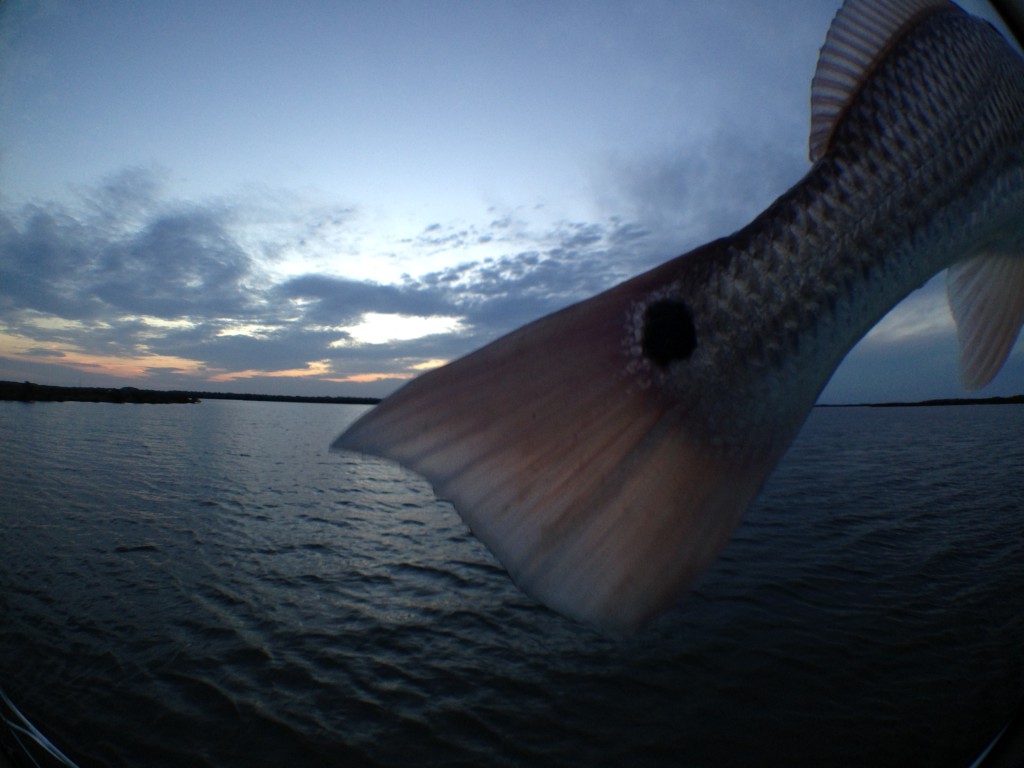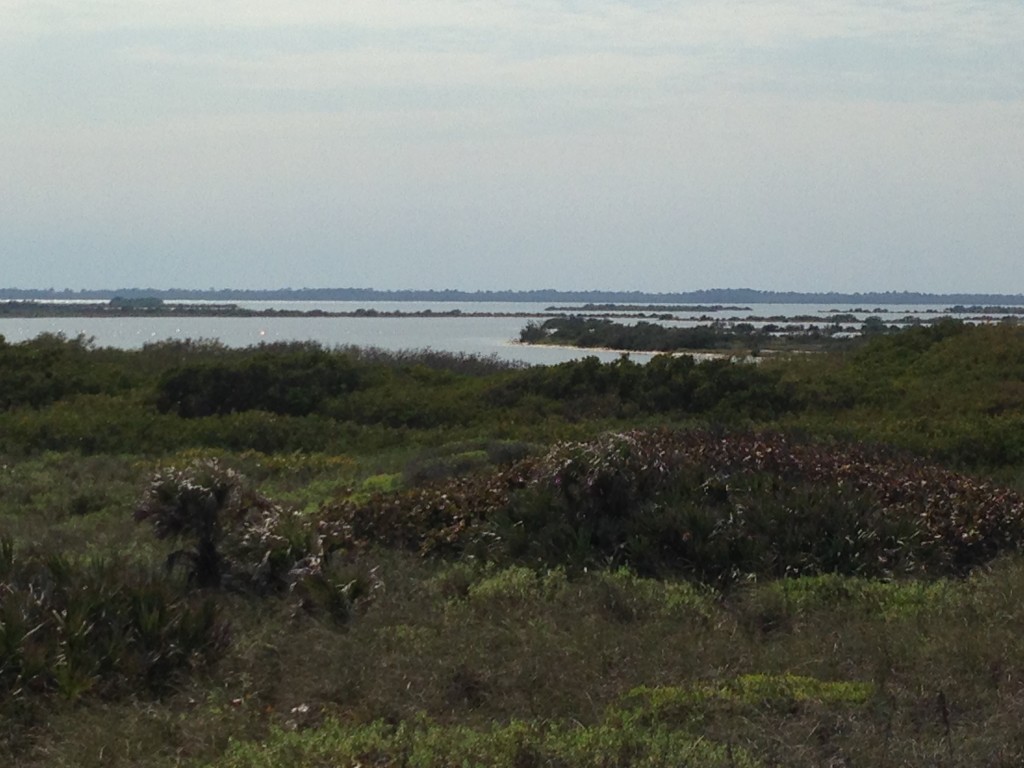When you’re alone on the dance floor its not uncommon to feel a bit self-conscious and imagine the spotlight shining down on you exposing all of your flaws.
Performance anxiety can ruin the moment if you let it. To date, there is no little blue pill that you can take before you head out the door to ensure you’ll be ready when that sexy [insert species] shows up looking to tussle.
Many times I’ve stood on the poling platform methodically pushing across a flat and I’ve quietly admired the smooth tight loops being formed by the angler up front who has lofted the fly for a momentary break from the monotony of the stalk.
That admiration quickly erodes as their cast crumbles when a fish appears, ready to be fed fur and feathers.
These failures are more often than not simply a by product of rushing and loosing focus on the casting stroke.
I’ve adopted a new policy for my skiff that focuses on providing positive feedback on those perfect, yet lonely false casts that will never find a target. I ALWAYS make sure to point out the results of the relaxed cast. Its beauty, grace and distance are all noted. Its followed by the reminder: Keep that cast, and take it easy when the fish shows up. Time is on our side. Don’t rush it, take it easy.
I’m no original thinker, so don’t take my word for it, listen to Andros South’s very own raconteur:
If you need to, hum the lyrics from this Eagles tune to yourself:
Lighten up while you still can
don’t even try to understand
Just find a place to make your stand
and take it easy…


